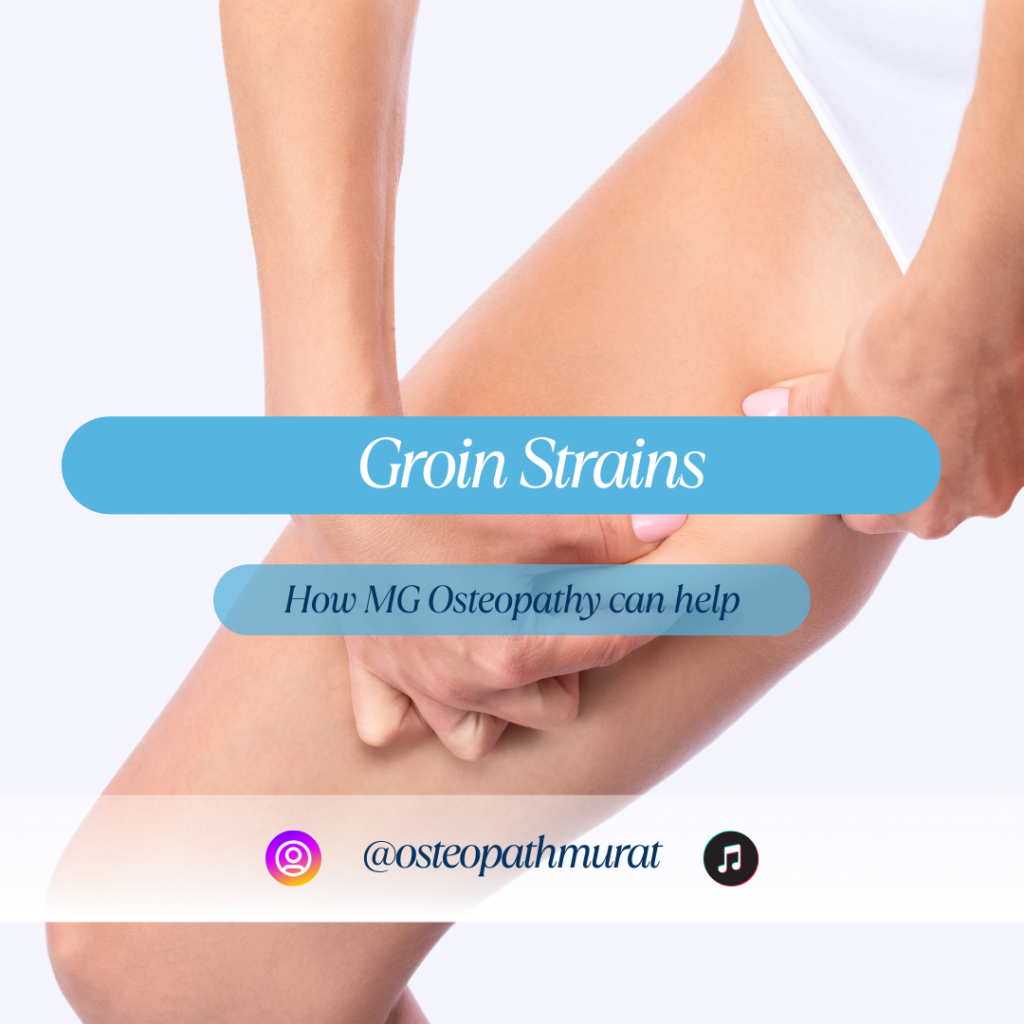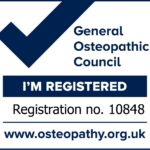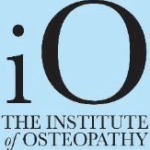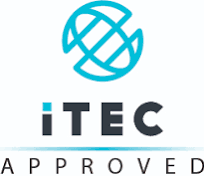Adductor strains, often called “groin strains,” involve overstretching or tearing of the adductor muscles along the inner thigh. These muscles are crucial for stabilising the pelvis, supporting leg movement toward the body, and providing balance during activities. Adductor strains frequently affect athletes in sports like soccer, hockey, and tennis that require sudden directional changes, but they can impact anyone with an increase in physical activity. Osteopathy is a hands-on therapy which can help support the healing process and provide personalised care.
Anatomy of the Adductor Muscles
The adductor group consists of five muscles that connect the pelvis to the femur, controlling leg movements and stabilising the hips:
- Adductor Longus – Most commonly strained and a primary stabiliser of the inner thigh.
- Adductor Brevis – Located under the adductor longus, assisting with hip flexion and stabilisation.
- Adductor Magnus – The largest adductor, aiding in both hip extension and thigh stability.
- Pectineus – Contributes to hip flexion and adduction, aiding smooth movement.
- Gracilis – The most superficial adductor, also assisting with knee flexion.
Together, these muscles work to pull the legs inward, stabilise the pelvis, and support dynamic leg movements essential in various sports and activities.
Symptoms of a groin Strain
An groin strain typically presents with:
- Sudden, sharp pain in the groin or inner thigh, often during a quick movement or heavy lifting.
- Swelling and bruising around the area, which may develop soon after the injury.
- Pain with leg movements that involve inward or lateral thigh motion.
- Weakness or instability in the leg, especially noticeable when standing, walking, or shifting direction.
Risk Factors for Adductor Strains
Certain factors increase the likelihood of groin strains:
- Rapid, multi-directional movements – Sports requiring frequent directional changes, like soccer, basketball, or tennis, carry a higher risk.
- Inadequate warm-up or flexibility – Cold, tight muscles are more vulnerable to strain.
- Previous groin injuries – Prior strains weaken the area, raising the risk of reinjury.
- Muscle imbalances – Weak core or hip muscles can overload the adductors.
- Sudden increase in activity – Rapid changes in training intensity or duration can stress the muscles.
Management of Adductor Strains
Effective management includes both immediate care and gradual rehabilitation:
- Rest and Ice – Resting from activity and applying ice can reduce pain and swelling in the first 48 hours.
- Gentle Stretching and Mobility Exercises – Once pain begins to subside, gentle stretching helps restore range of motion and prevent stiffness.
- Progressive Strengthening – Exercises focused on the adductors, hip flexors, and core muscles aid in regaining strength and stability.
- Gradual Return to Activity – Resuming activity slowly, with an emphasis on flexibility and conditioning, reduces the chance of reinjury.
How MG Osteopathy Can Support Recovery from Adductor Strains
At MG Osteopathy, we use a comprehensive, holistic approach to address groin strains, focusing on recovery and long-term resilience:
- Detailed Assessment – We evaluate the severity of the strain and identify any contributing factors, such as muscle imbalances or biomechanical issues that may affect healing.
- Hands-On Osteopathic Techniques – Our osteopathic techniques, including soft tissue manipulation, myofascial release, and targeted stretching, relieve tension, reduce pain, and improve circulation to the injured area.
- Whole-Body Muscle Balance – We work on the entire body’s movement chain, addressing not only the adductors but also related areas like the hips, pelvis, and core muscles. This approach restores balance, reduces strain, and improves stability.
- Customized Rehabilitation Plans – We develop a personalised exercise program that includes specific stretches, strengthening exercises, and functional movements to restore mobility, enhance stability, and support long-term recovery.
- Injury Prevention and Education – At MG Osteopathy, we empower patients with knowledge on proper warm-up routines, movement techniques, and injury prevention strategies to help reduce the risk of future strains.
Begin Your Recovery Journey with MG Osteopathy
Dealing with an adductor strain can be frustrating, but with the right care and support, you can make a full recovery. MG Osteopathy is here to help you regain strength, flexibility, and confidence in your movement. Contact us today to start your personalised care plan and get back to doing what you love, pain-free!





